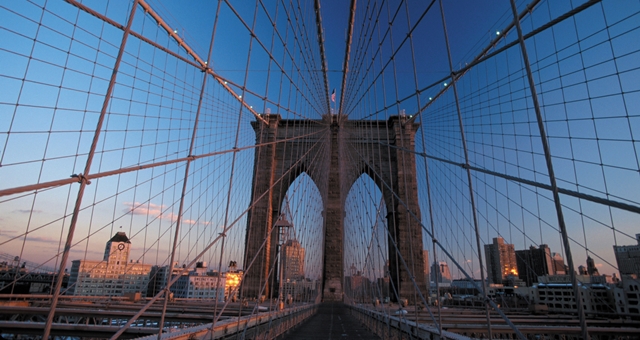For the first time since 2009, the United States hotel industry is projected for a non-growth year in revenue per available room (RevPAR), according to the latest STR and Tourism Economics’ data revealed this week at the 2020 Americas Lodging Investment Summit (ALIS) in Los Angeles.
“2019 was the industry’s worst year since the recession for RevPAR growth, which came in at an uninspiring 0.9% after nine years of increases of basically 3% or higher,” said STR’s president, Amanda Hite.
“The good news, of course, was the fact that we saw another record year for demand and still saw RevPAR growth on top of an all-time high level. We’re projecting for that growth to further decelerate this year before a bit of an uptick in 2021.”
According to STR and Tourism Economics, in 2020 supply is expected to increase 1.9%, demand will rise 1.6% and ADR will increase 0.3% ($131.63), while occupancy is expected to be down 0.3% (65.9%) and RevPAR completely flat ($86.73).
The forecast for 2021 is better news, with supply to remain steady, demand to increase 1.7%, occupancy down just 0.1% (65.8%), ADR up 0.6% ($132.47) and RevPAR up 0.5% ($87.18).
The previous version of the U.S. hotel forecast released in November called for RevPAR increases of 0.5% in 2020 and 0.7% in 2021.
With occupancy comparisons moving into negative territory, Average Daily Rate (ADR) is the sole driver of growth in RevPAR, the industry-standard performance metric.
“Concern continues around ADR, which has grown below the level of inflation for six straight quarters,” Hite said. “With hoteliers adapting to flat-to-negative pricing expectations, we downgraded our ADR projections 60 basis points.
“As has been the case, demand will still be there even with slightly weaker growth. The economic outlook remains steady as well with some risk reduction around trade, fiscal and monetary policies,” she said.
All chain scale segments are likely to report occupancy decreases in 2020, the worst of which coming from Upscale properties (-0.9%). Luxury chains are projected to post the largest gains in ADR (+1.2%) and RevPAR (+0.9%).
In 2021, the Independent segment is projected to have flat occupancy while all other segments are expected to show decreases in the metric. Independents are also forecasted for the highest jump in RevPAR (+1.0%) in 2021, and Luxury chains are once again expected to post the highest ADR growth of 1.3%.
“Supply growth has been manageable when you look at the total numbers, but there has been a disproportionate amount of new inventory entering the limited-service marketplace,” Hite said. “While demand continues to be healthy in those segments, the jump in supply is going to put more pressure on performance levels.”


